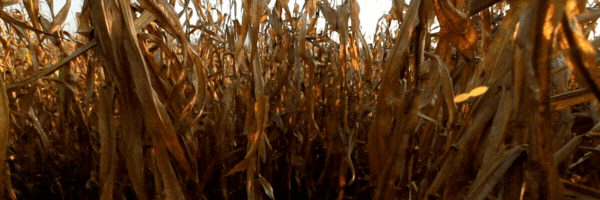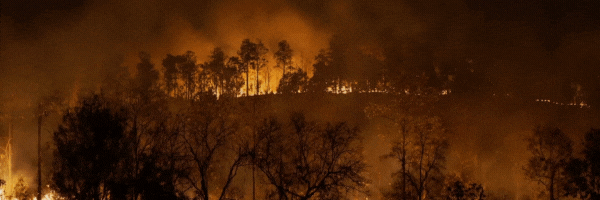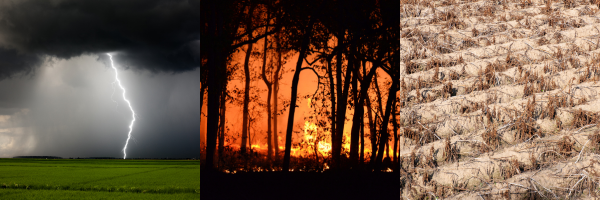
Texas’ weather is growing more extreme, according to a 2021 study conducted by John Nielsen-Gammon, the Texas State Climatologist, Texas A&M University, and commissioned by Texas 2036. And our polling in February 2022 showed that a majority of Texas voters are very or extremely concerned about the extreme weather trends Texas will experience.
With his report, Nielsen-Gammon and his team have given Texans a data-driven look at the state’s present and future weather. Here’s what you need to know:
Extreme heat:



In the news:
 Brutal heat wave makes Texas among the hottest places on Earth
Brutal heat wave makes Texas among the hottest places on Earth
 This summer is on track to be among Texas’ most extreme
This summer is on track to be among Texas’ most extreme
 Extreme heat leading to surge in water main breaks across North Texas
Extreme heat leading to surge in water main breaks across North Texas
Floods and Drought:

Precipitation leading to flooding is expected to increase significantly in certain areas. It’s predicted there will be a significant increase in urban flooding, as much as 30-50% more than occurred over the last half of the 20th century.
But most factors point toward more severe, prolonged droughts, increasing the risk of wildfire.
 Did you know? Even though a majority of Texas currently is in drought (affecting some 22 million Texans), we have endured droughts that were worse than the drought of record of the 1950s, according to paleoclimatic data. The Legislature recently approved new guidance for regional water planners to look at worsening drought conditions when identifying projects to deliver future water supplies.
Did you know? Even though a majority of Texas currently is in drought (affecting some 22 million Texans), we have endured droughts that were worse than the drought of record of the 1950s, according to paleoclimatic data. The Legislature recently approved new guidance for regional water planners to look at worsening drought conditions when identifying projects to deliver future water supplies.
 Read more: Texas, we have a water problem. We need these smart policies
Read more: Texas, we have a water problem. We need these smart policies
Wildfires:
 Speaking of wildfire risks, several factors contribute to the likelihood one will happen:
Speaking of wildfire risks, several factors contribute to the likelihood one will happen:
- strong winds
- low humidity
- surface dryness
- availability of fuel load
With a warmer climate, the area of Texas where wildfires are common may expand eastward as vegetation that fuels fires becomes drier faster. The combination of more frequent droughts and increasing temperatures may also lead to a loss of vegetation in some areas of Texas that have been prone to wildfire. This may result in less frequent fires in these areas due to a lack of fuel.
The data suggests that over the next 20 years, wildfire risk may increase more slowly in the Panhandle and Far West Texas than elsewhere as increased aridity reduces biomass.
Meanwhile, the area of the state commonly affected by wildfires may expand eastward as fuels become drier faster in a warmer climate.
Higher home insurance rates –– another result of extreme weather
According to an article this summer in The Wall Street Journal, Texas is one of a half-dozen states with the biggest total of approved home-insurance rate increases since the start of 2022.
In addition to 20+% rate increases, insurers are also limiting coverage. All of this is in response to insurers racking up losses driven by widespread weather-related losses.
What’s to be done?
Our extreme weather report sketches out the potential impacts from the trends we’re seeing in weather and climate. It’s important to note that the actual impacts through 2036 and beyond depend to a large degree on what actions we as Texans do to make the state more resilient to future weather and climate.
State officials, for example, have begun incorporating climate data into long-term planning documents like the State Water Plan and the energy emergency preparedness planning process begun in 2021.
This year, investments in the building blocks of the 21st century, such as our increasingly vulnerable water infrastructure, could help the state future-proof itself in the face of increasingly extreme weather.
This November, voters will decide if Texas should make generational investments in its water infrastructure, as well as increasing access to broadband internet and expanding the state park system.

 Read more about the infrastructure amendments on the ballot in November: Texas Infrastructure for Tomorrow
Read more about the infrastructure amendments on the ballot in November: Texas Infrastructure for Tomorrow
